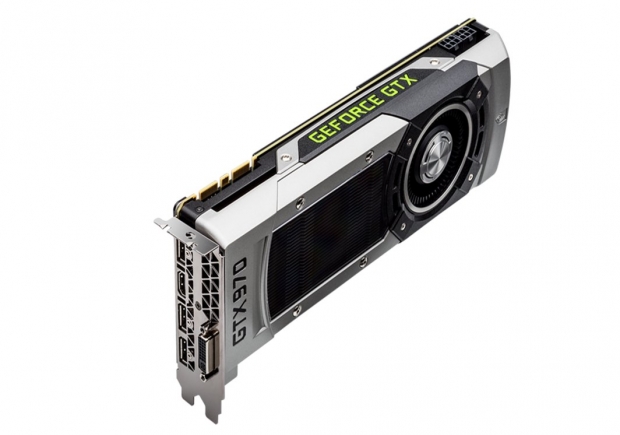The case is a set of 15 separate class-action lawsuits, filed starting in February 2015, that were condensed into one suit in the US District Court for the Northern District of California.
The plaintiffs filed complaints against Nvidia and graphics card manufacturers Asus, EVGA and Gigabyte, claiming that the companies misled consumers about the hardware specifications of the GTX 970.
Specifically the GTX 970 claimed to have 4 GB of video memory when it had 3.5 GB of RAM, with the remaining 0.5 GB being a much slower "spillover segment" that is decoupled from the main RAM.
It was supposed to have 64 render output processors when it only had 56 and 2,048 KB L2 cache, whereas the card actually has a 1,792 KB L2 cache
The plaintiffs wrote in the amended class-action complaint that Nvidia had engaged in a scheme to mislead consumers nationwide about the characteristics, qualities, uses, and benefits of the GTX 970.
Nvidia and its co-defendants first tried to have the case dismissed on multiple occasions and is not saying anything about the settlement.
Under the terms of the settlement, Nvidia and its partners are not admitting any liability or wrongdoing, but have agreed to pay $30 for each GTX 970 unit to members of the settlement class.
The $30 figure is based on a figure alleged by the plaintiffs. It was based on the fact that the average retail price of a GTX 970 was approximately $350. So they should have expected to receive 12.5 percent of $350, or $43.75, as compensation — if the case had gone to trial and the plaintiffs had won.
The real winners were the lawyers who collected $1.3 million in attorneys’ fees and expenses. Nvidia have also agreed to pay incentive awards of up to $25,000 in total to the 23 named plaintiffs.
Once everything is paid Nvidia, Asus, EVGA and Gigabyte will have lighter bank accounts. Nvidia has sold a lot of GTX 970s since launching the card in September 2014 and the GTX 970 is the baseline GPU for compatibility with virtual reality headsets such as the Oculus Rift and HTC Vive.




